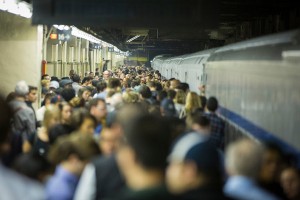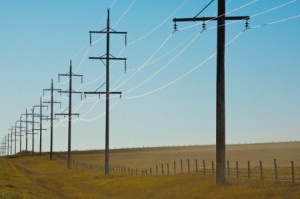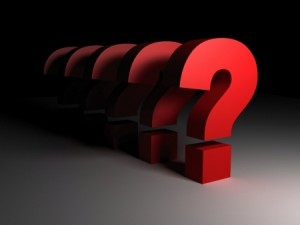
No one really knows what’s going on at Fukushima because we are not being told the entire truth.
There’s a lot of information circulating about what’s happening at Fukushima, and if a world-wide disaster is right around the corner.
One of the saddest aspects of this disaster is the fact that many people (I don’t want to admit that MOST people) do not even know what Fukushima is.
Is it because we are not being told the entire truth to avoid mass panic, or is it because too many people are THAT out of touch?
Today’s Reality
The radiation leaks from the March 11, 2011 disaster have not been stopped. After 30 months, a disastrous chain-of-manmade-events has brought us to this reality:
Human beings are not able to stop the chronic radioactive water leaking into the Pacific Ocean.
Today, Unit 4 contains 10 times more Cesium-137 than Chernobyl’s meltdown in 1986. It is time to prepare for a total withdrawal from the site, which means that this disaster must be recognized as a catastrophe of planetary proportion created by mankind.
The two-and-a-half year struggle to fix this devastating error has clearly proven that nuclear accidents cannot be coped with by electric companies, governments or any human.
Shall we say, despite the decades of conservative warnings, we have messed our own nest, and have created our own suffering at the hands of a few?
Get The Facts Straight
Let’s rewind the tapes and start from the beginning. Look at the facts, simplify the chain of events (that means taking out the editorials, media drama, and the politics), and then you decide what to do about the possibilites of a historic and massive disaster affecting our planet – and you.
What’s Fukushima?
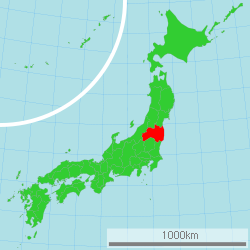
The Fukushima Prefecture in Japan – Wikimaps
The Fukushima Daini Nuclear Power Plant is a nuclear power plant located on a 150 ha (370-acre) site in the Fukushima Prefecture in the Tōhoku region on the island of Honshu. The capital city is Fukushima.
The Tokyo Electric Power Company (TEPCO) runs the plant. The plant is comprised of six separate boiling water reactors originally designed by General Electric (GE) and maintained by TEPCO.
At the time of the March 11, 2011 earthquake, reactor 4 had been de-fueled, and reactors 5 and 6 were in cold shutdown for a planned maintenance.
Immediately after the earthquake, government regulations shut down the remaining reactors 1–3. Their sustained fission reactions automatically quit, inserting control rods in what is termed the SCRAM emergency event.
Then, emergency generators came online to power electronics and coolant systems, which operated up to when the tsunami hit. After the tsunami, the four reactors at Fukushima II automatically shut down.
The Natural Disaster
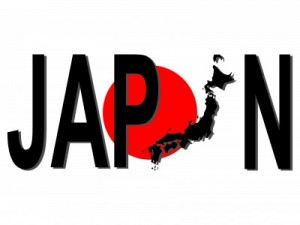
On March 11, 2011, a 9.0 magnitude earthquake hit directly under Japan, creating a deadly tsunami.
A 9.0 magnitude earthquake, the fifth largest quake to strike the Earth since 1900, spilt the Pacific Rim’s Ring of Fire at the subduction zone directly under Japan. This was the most powerful earthquake to hit Japan in 1,200 recorded years.
The quake lifted, and then dropped, a slab of seafloor 50 miles wide and more than 180 miles long. The force shifted the seafloor nearly 80 feet westward above the quake epicenter.
The size and location of the rupture created a tsunami with the speed of 800 kilometers per hour (approximately 500 mph), which is the approximate cruising speed of a jumbo jet.
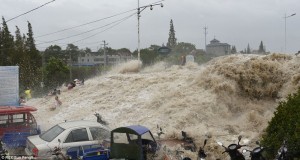
Tsunami waves as high as 100 feet slammed onto Japans’s eastern coast.
Tsunami waves grew to 100 feet high, breaking historic records as they broke onshore following the quake. The massive tsunami washed over embankments, buried coastal communities, knocked down power lines, and swept cars, homes and massive islands of debris out to sea.
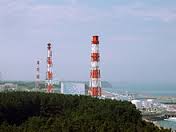
The Fukushima Nuclear Power Plant before its meltdown.
The Human Disaster
For whatever reason, the Fukushima Daini Nuclear Power Plant was constructed on top of one of the most dangerous earthquake zones on Earth – the Pacific Rim’s Ring of Fire.
Tsunami waves 9 meters high (30 ft) struck the No. 2 plant, while the No. 1 plant was hit by a 13 meter (42 ft) tsunami wave. The tsunami caused the No. 2 plant’s seawater pumps, used to cool the reactors, to fail.
Of the plant’s four reactors, three were in danger of meltdown. One external high-voltage power line still functioned, allowing plant staff in the central control room to monitor the internal reactor temperatures and water levels. The employees at the No. 2 plant worked to stabilize the reactors.
According to the head of the plant, the plant was near meltdown. It still is today.
Take the time to reflect on the workers at Fukushima today – they are risking their lives to try to stop this massive disaster from manifesting.
Debate And Denial

It is time to take the world’s energy out of the hands-for-profit.
The World Nuclear Report in 2013 declared that Fukushima has the potential to cause “by far the most serious radiological disaster to date” if it goes wrong. It warns of the possibility of apocalyptic scenarios, including the evacuation of 10 million people in the surrounding area and in Tokyo.
Over 400 tons of irradiated spent fuel from reactor 4 must be removed in case of another earthquake because the structure is now highly unstable.
There are so many risks and unknowns. Too much time is being spent debating future meltdowns. Too little time is being shared with the world exposing the truth about the possibilites.
No matter the outcome, everyone has every right to know what to prepare for. It is time to construct safe, alternative energy, and take nuclear power profits out of the hands of the few.
No More Time
There is no more time to play around with this situation. As Japan struggles minute-by-minute to avoid a global disaster, each and every one of us should be working equally as hard to steer mankind’s future away from energy-for-profit and elitist control.
We must take back a future of free-energy that is controlled by one thing, and one thing only – Nature.

